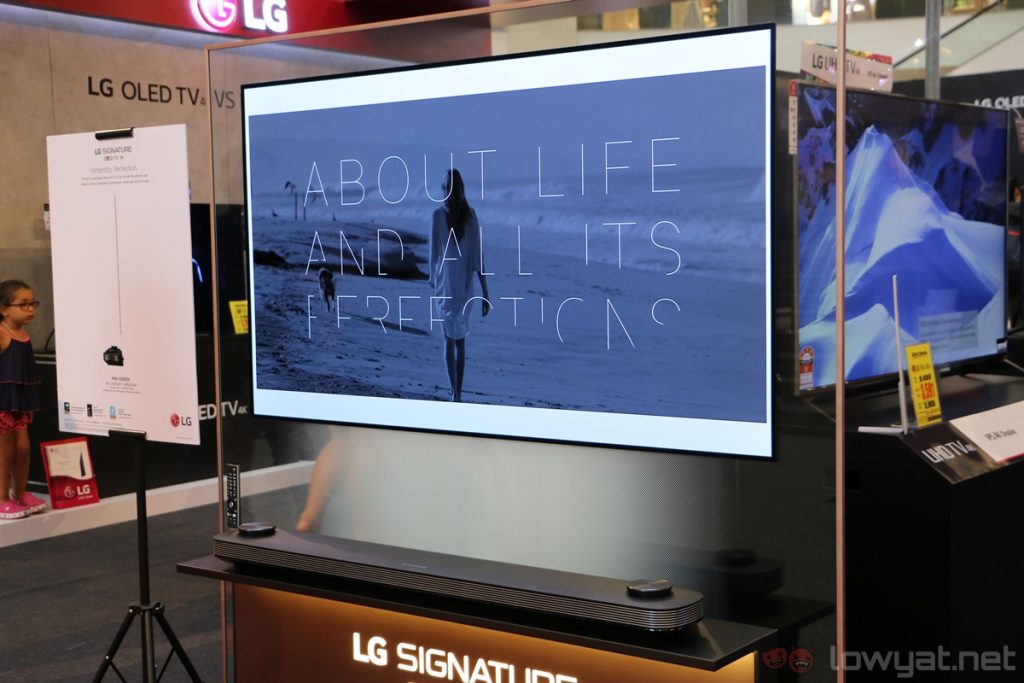So what does it take for a TV to be certified 8K Ultra HD? Among the criteria includes having at least 33 million active pixels, with a resolution of 7680 x 4320, and the ability to upscale SD, HD, and 4K video to 8K. An 8K Ultra HD TV must also have at least one HDMI port capable of supporting the mentioned resolutions, and 10-bit depth. It also needs a Contrast Modulation (CM) of at least 50%. Contrast Modulation refers to the contrast in luminance between white and black pixels.
In the announcement, LG claims that its 75-inch NanoCell 8K TV far surpasses the CM requirement set by the International Committee for Display Metrology, with its 90% CM. The company also announced that another third party testing firm, Verband Deutscher Elektrotechniker (VDE) reported identical findings. So what does this all mean for future LG TVs? Basically, all of the company’s 8K TVs will come with the CTA’s 8K UHD logo, starting January 2020. This will apply to both OLED and LCD TVs, which feature the company’s Signature OLED 8K and 8K NanoCell TVs, respectively. The company says that these TVs will make their first appearance during CES 2020. Maybe there will be a few that will also come with Nvidia’s G-Sync compatibility too. (Source: LG, CTA)
